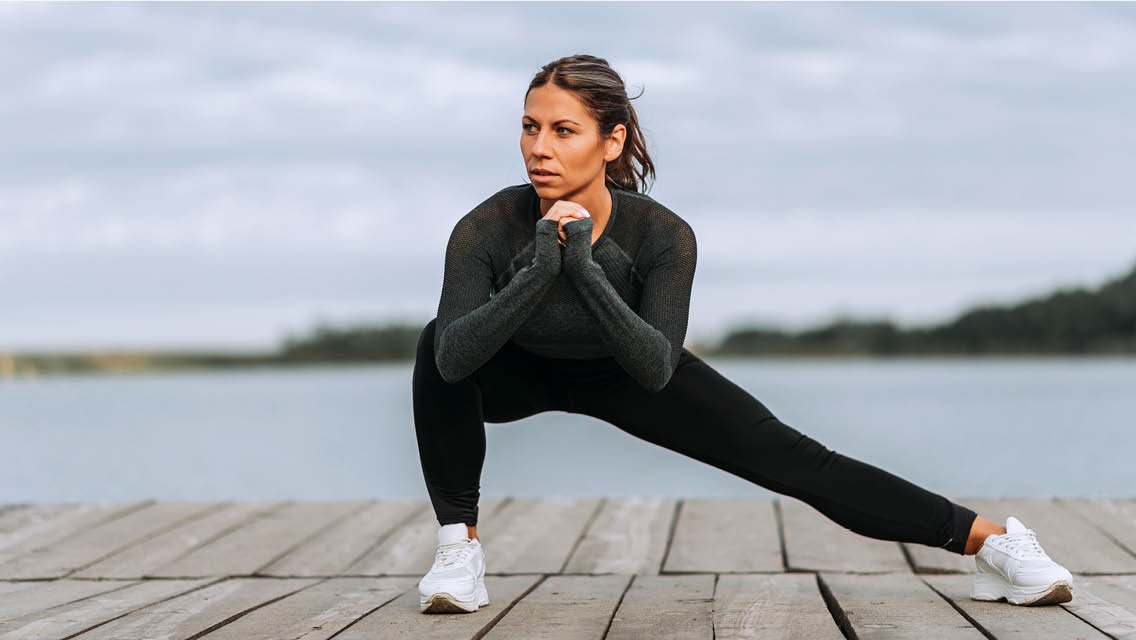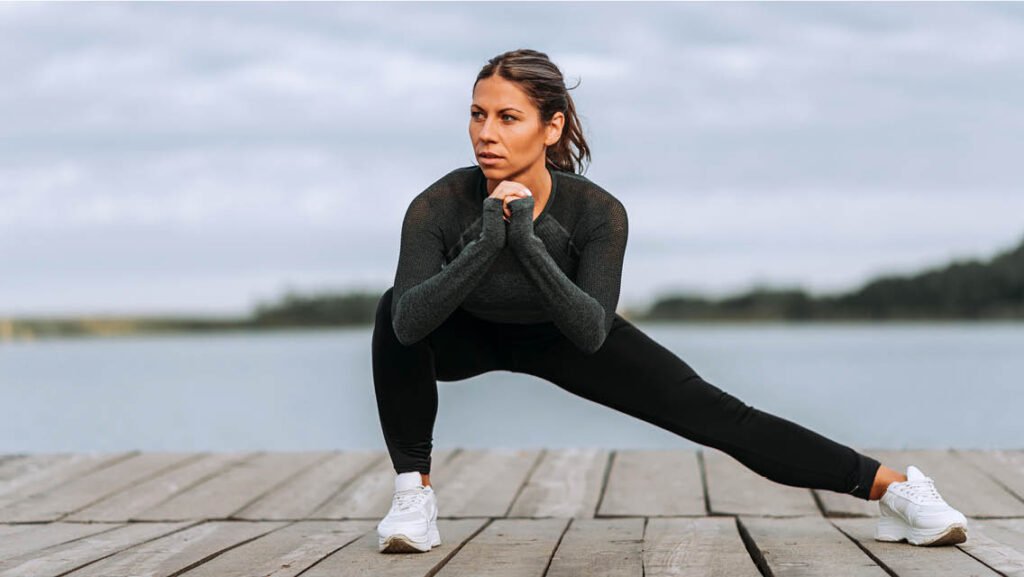
The Best Time to Stretch: Finding What Works for You
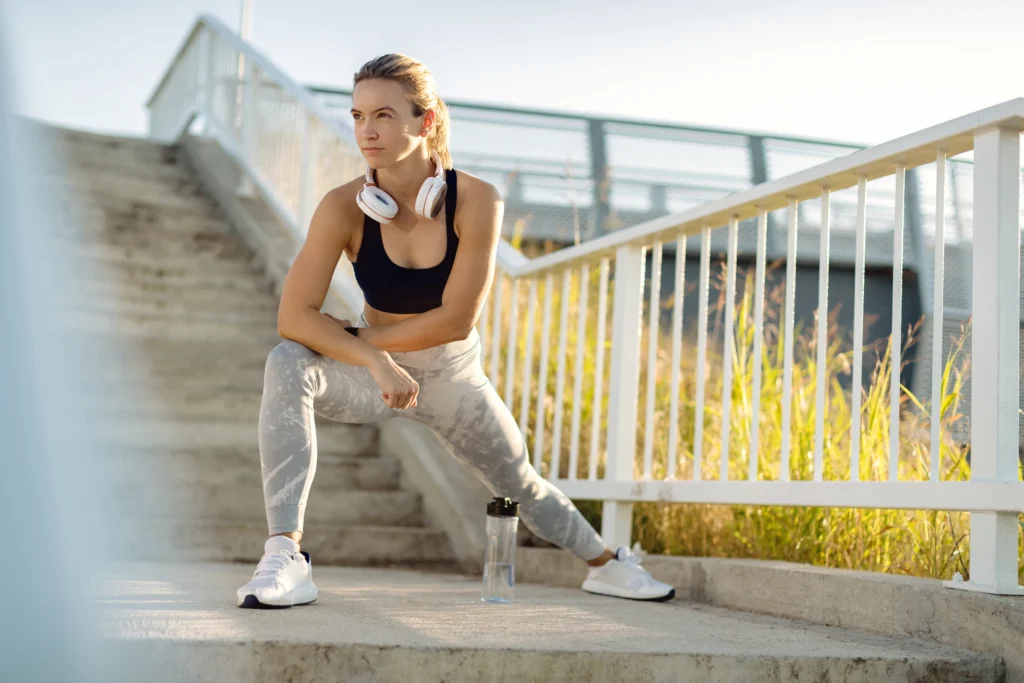
In today’s fast-paced world, many of us barely find time to complete our to-do lists, let alone set aside time for stretching. It often becomes something we do when we can, and we each have our own preferences—some swear by morning stretches, others by a midday routine, and many prefer winding down with stretches before bed. It quickly becomes clear that the best time to stretch is not a one-size-fits-all approach.
While experts agree that there’s flexibility (pun intended) in when to stretch, they do emphasize that your choice should align with your lifestyle and goals. Here’s what experts suggest to ensure your stretching routine works for both you and your body.
Is There a Best Time of Day to Stretch?
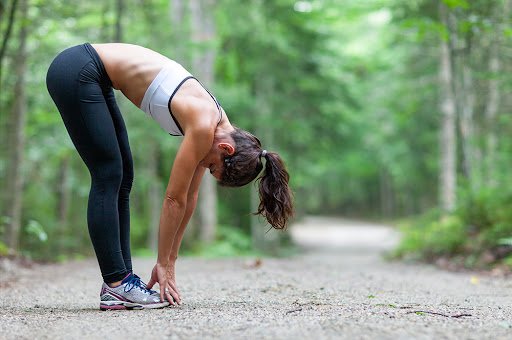
Stretching affects each person differently. For some, a quick stretch during a busy workday might be enough to relieve tension, while others may prefer a dedicated 45-minute vinyasa class.
According to a study published in Biological Rhythms Research, dynamic stretching (which involves movement and repetition rather than static holds) leads to increased flexibility whether practiced in the morning or evening. Another study in Frontiers suggests that, although there isn’t a single “ideal” time for exercise, the time of day may influence which areas of your body benefit the most based on factors like meal timing and your daily schedule.
Ultimately, it’s about making the most of whatever time you have available to stretch.
Should I Stretch Before or After Working Out?
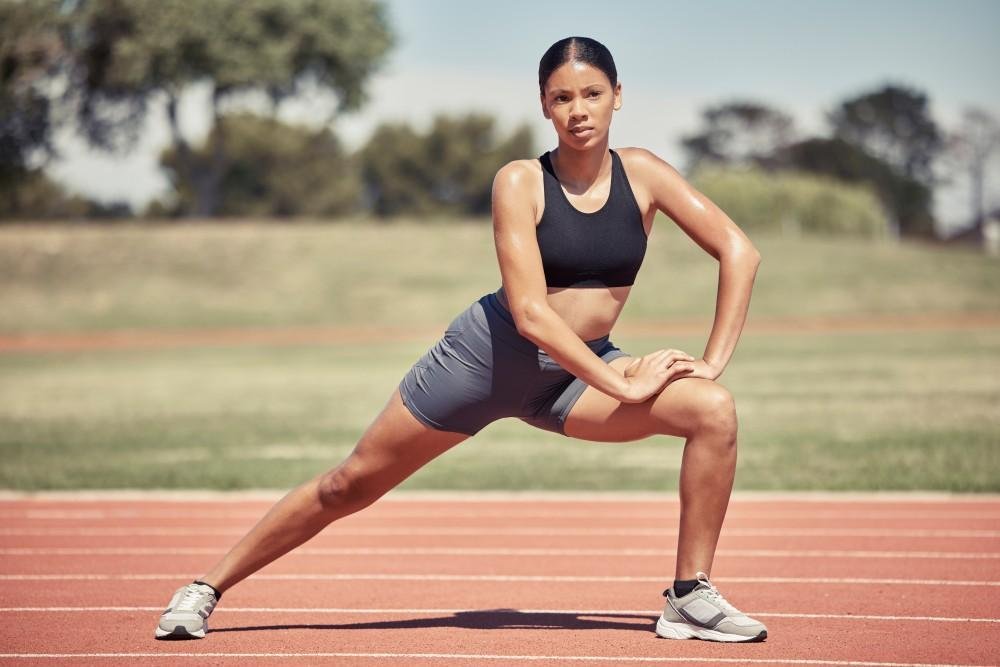
Many people think stretching is best done before a workout to prep the body. However, studies indicate that stretching is actually more effective after light movement, such as a 5-10 minute walk, or even after a full workout. This way, your muscles are already warmed up, which reduces the risk of injury and enhances the benefits of your stretch.
Is There a “Best” Type of Stretching?
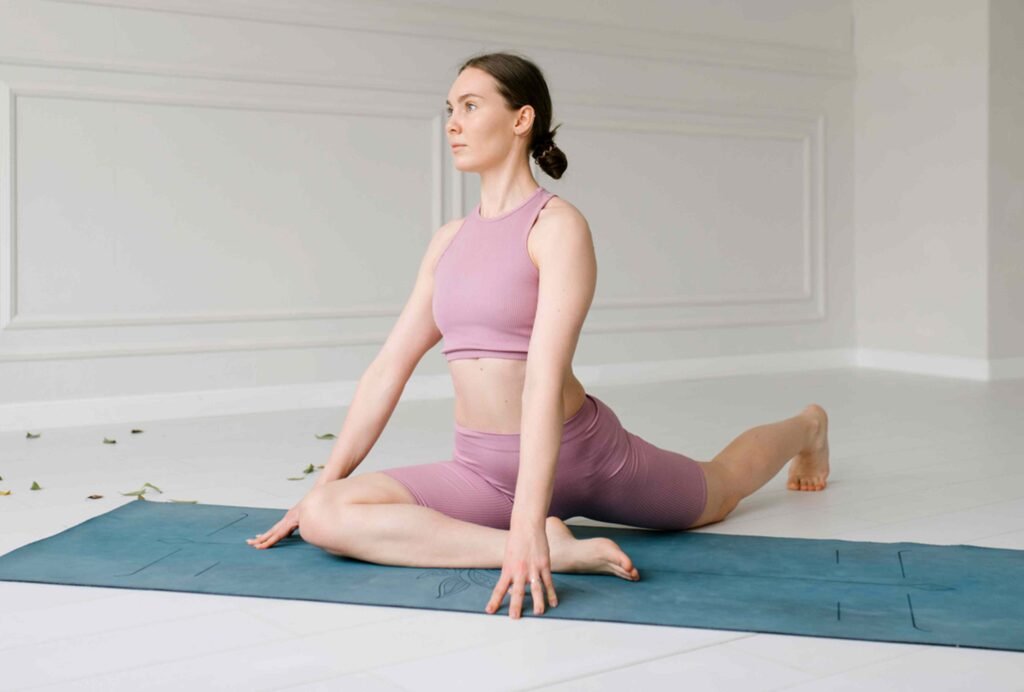
According to physical therapist Joe LaVacca, founder of Strength in Motion Physical Therapy, there’s no one-size-fits-all “best” way to stretch. He recommends mixing different methods—yoga, Pilates, or even strength training—into your routine. The key is finding stretches that you enjoy and can do consistently.
“Action comes before motivation,” LaVacca says, meaning that as you see progress from your practice, it will naturally motivate you to continue. Set specific goals for your stretching, like improving flexibility in certain areas, and measure your progress. For example, check how deep you can bend in a Standing Forward Bend, or how much further you can reach in an Overhead Stretch. Tracking small improvements will help you stay motivated.
Should You Stretch More (or Differently) If You Sit at a Desk All Day?

How you spend your day significantly impacts what areas of your body need attention. If you’re spending hours at a desk, you may notice tightness in your shoulders, hip flexors, and neck. In this case, prioritize stretches for your psoas, hamstrings, and chest. On the other hand, if you’re standing for long periods, you might need to stretch your back, quads, and calves.
Even a quick 10-minute morning stretch or short stretching breaks throughout the day (many experts recommend taking breaks every 20 minutes) can help relieve tightness and keep your body flexible. Add a session of evening yoga or stretching to calm your mind and body before bed.
LaVacca stresses that avoiding stagnancy is key to maintaining flexibility and mobility. “Ultimately, consistent movement, even in small doses, is the key to maintaining freedom of movement throughout the day,” he says.
Should You Have a Morning and Evening Routine?

There’s no one-size-fits-all approach to the timing of your stretches. However, certain routines tend to align better with the time of day. For example, morning stretches are perfect for dynamic, movement-based routines that energize you for the day ahead. Dynamic stretching that activates your muscles can be a great way to start the day.
In contrast, evening stretching can focus more on holding poses, deepening your stretches, and tapping into relaxation. You may want to practice static holds in the evening to unwind, focusing on breath and allowing your body to deeply relax.
How to Determine the Best Time to Stretch for You
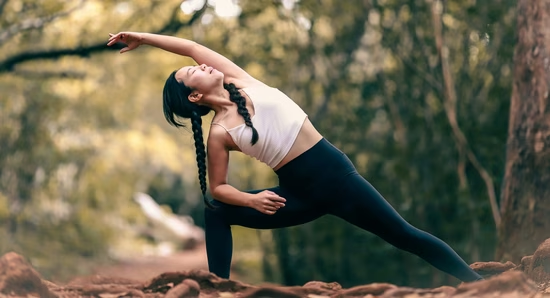
The best time to stretch is ultimately the time that fits into your routine and feels most natural for your body. If you’re an early riser with some extra time in the morning, stretching could be a great way to start your day. If you find it easier to stretch in the evening after work, that’s perfectly fine too.
If your schedule is tight, LaVacca recommends fitting in 30-90 seconds of stretching a few times a day—whenever you find a moment. Even short bursts of movement throughout the day can help improve flexibility over time. Whether you take a few minutes to stretch during your lunch break or end your day with a brief yoga session, consistency is key.
FAQs About Stretching
1. Can I stretch at any time of day?
Yes, you can stretch at any time that works for you. The best time depends on your daily routine, how your body feels, and what goals you’re trying to achieve with your stretching practice.
2. Should I stretch before or after my workout?
Stretching is generally more beneficial after a workout or light movement. This ensures your muscles are warmed up, which decreases the risk of injury and maximizes the benefits of your stretch.
3. How long should I hold each stretch?
The length of time to hold a stretch depends on the stretch type and your goals. For most static stretches, holding for 20-30 seconds is effective. For dynamic stretches, you’ll repeat the movement rather than holding it for long periods.
4. Should I stretch if I sit at a desk all day?
Yes, if you sit at a desk for long periods, it’s essential to stretch areas that get tight from sitting, such as the hip flexors, shoulders, and neck. Regular breaks throughout the day can help alleviate tightness.
5. How can I stay motivated to stretch regularly?
Find stretches that you enjoy and that align with your goals. Track your progress—such as your flexibility or how deeply you can hold a pose—and celebrate small improvements. Consistency is key, and remembering how good it feels after stretching can motivate you to keep going.
Conclusion: Stretching When It Works for You
Ultimately, the best time to stretch is the time that works for you and fits into your schedule. Whether you stretch in the morning to energize your body or in the evening to wind down, the key is consistency and finding a routine that supports your body’s needs. Pay attention to how your body feels and adapt your stretching routine accordingly. With regular practice, you’ll see improvements in flexibility, mobility, and overall well-being, no matter when you choose to stretch.
